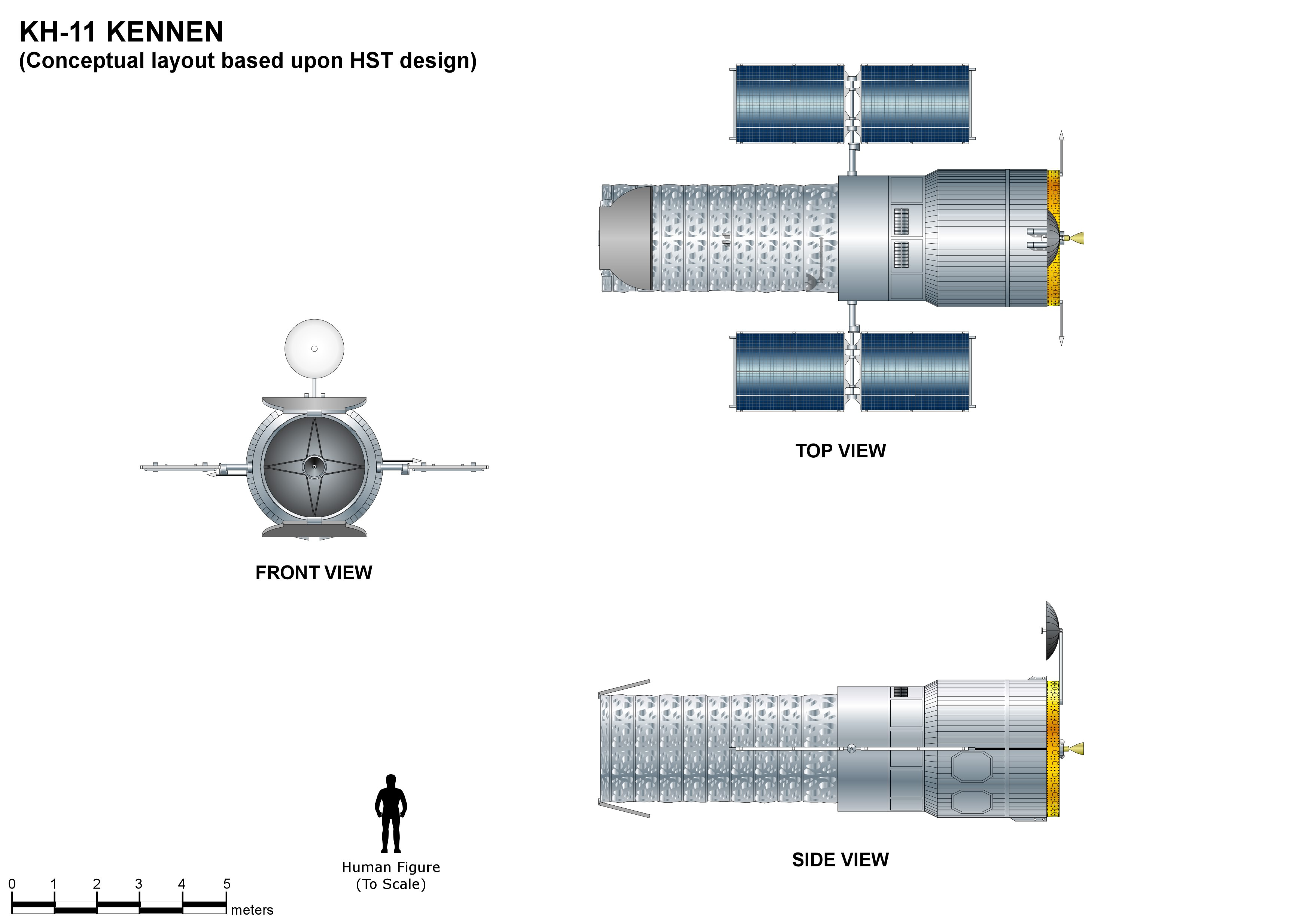|
KH-13 (other)
KH-13 is an unofficial designation which may refer to several US reconnaissance satellite programmes; a continuation of the Key Hole series which officially ended at KH-11: *Misty (classified project) *Enhanced Imaging System *Future Imagery Architecture *Any successor to the KH-11 satellites Others uses: * KH-13 is the ISO 3166-2 ISO 3166-2 is part of the ISO 3166 standard published by the International Organization for Standardization (ISO), and defines codes for identifying the principal subdivisions (e.g., provinces or states) of all countries coded in ISO 3166-1. The ... code for Cambodia's Preah Vihear Province {{Letter-NumberCombDisambig ... [...More Info...] [...Related Items...] OR: [Wikipedia] [Google] [Baidu] |
Key Hole )
{{SIA ...
Key Hole (KH) is the designation for a series of American optical reconnaissance satellites: * KH-1 Corona * KH-2 Corona * KH-3 Corona * KH-4 Corona * KH-5 Argon * KH-6 Lanyard * KH-7 Gambit * KH-8 Gambit 3 * KH-9 Hexagon/Big Bird * KH-10 Dorian/Manned Orbiting Laboratory * KH-11 Crystal/Kennan * KH-12 Improved Crystal/Ikon/Advanced Kennan * KH-13 (unofficial designation, sometimes applied to Enhanced Imaging System or Misty Misty may refer to: Music * ''Misty'' (Ray Stevens album), an album by Ray Stevens featuring the above song * ''Misty'' (Richard "Groove" Holmes album), an album by Richard "Groove" Holmes featuring the above song * ''Misty'' (Eddie "Lockjaw" ... [...More Info...] [...Related Items...] OR: [Wikipedia] [Google] [Baidu] |
Misty (classified Project)
Misty is reportedly the name of a classified project by the United States National Reconnaissance Office (NRO) to operate stealthy reconnaissance satellites. The satellites are conjectured to be photo reconnaissance satellites and the program has been the subject of atypically public debates about its worthiness in the defense budget since December 2004. The estimated project costs in 2004 were, at the time of statement, US$9.5 billion (inflation adjusted US$ billion in ). Launches The first satellite (USA-53 or 1990-019B, 19,600 kg) launched for the program was deployed on 1 March 1990 by the Space Shuttle ''Atlantis'' as part of Mission STS-36. Objects associated with the satellite decayed on 31 March 1990, but the satellite was seen and tracked later that year and in the mid-1990s by amateur observers. The second satellite (USA-144 or 1999-028A ) was launched on 22 May 1999, and by 2004 the launch of a third satellite was planned for 2009. Circumstantial evidence suggeste ... [...More Info...] [...Related Items...] OR: [Wikipedia] [Google] [Baidu] |
Enhanced Imaging System
Enhanced Imaging System (EIS), officially referred to as "Enhanced Imagery System", previously known as 8X, and sometimes unofficially known as Misty 2 and KH-13, is an American reconnaissance satellite program. A derivative of the Improved Crystal satellites, EIS replaced Misty, and was intended to provide more coverage and dwell time than previous reconnaissance satellites; like Misty, it has stealth capabilities. Only one EIS satellite has been launched; USA-144, which was placed into orbit by a Titan IVB rocket on 22 May 1999. History In 1995, a ''Los Angeles Times'' article reported that the 8X program was intended as "a major upgrade to the KH-12", with a mass of as much as 20 tons, which would be used for detailed imaging with a wide field of view. The cost of the program was a subject of disagreement from some within the military at the time. By 1998, the program had been renamed Enhanced Imaging System. The Future Imagery Architecture program, which was intended to repl ... [...More Info...] [...Related Items...] OR: [Wikipedia] [Google] [Baidu] |
Future Imagery Architecture
Future Imagery Architecture (FIA) was a program awarded to Boeing to design a new generation of optical and Synthetic aperture radar, radar imaging United States, US reconnaissance satellites for the National Reconnaissance Office (NRO). In 2005 NRO director Donald Kerr recommended the project's termination, and the optical component of the program was finally cancelled in September 2005 by Director of National Intelligence John Negroponte. FIA has been called by ''The New York Times'' "perhaps the most spectacular and expensive failure in the 50-year history of United States, American spy satellite projects." Despite the optical component's cancellation, the radar component, known as Topaz, has continued, with four satellites in orbit as of February 2016. History In 1999 the development contract for FIA was awarded to the Boeing company with a budget of US$5 billion for the first 5 years, and a total budget of US$10 billion. A NRO evaluation team estimated that Lockheed Martin ... [...More Info...] [...Related Items...] OR: [Wikipedia] [Google] [Baidu] |
KH-11
The KH-11 KENNEN (later renamed CRYSTAL,p.199-200 then Evolved Enhanced CRYSTAL System, and codenamed 1010 and Key Hole) is a type of reconnaissance satellite first launched by the American National Reconnaissance Office (NRO) in December 1976. Manufactured by Lockheed in Sunnyvale, California, the KH-11 was the first American spy satellite to use electro-optical digital imaging, and so offer real-time optical observations. Later KH-11 satellites have been referred to by outside observers as KH-11B or KH-12, and by the names "Advanced KENNEN", "Improved Crystal" and "Ikon". Official budget documents refer to the latest generation of electro-optical satellites as ''Evolved Enhanced CRYSTAL System''. The Key Hole series was officially discontinued in favor of a random numbering scheme after repeated public references to KH-7 GAMBIT, KH-8 GAMBIT 3, KH-9 HEXAGON, and KH-11 KENNEN satellites. The capabilities of the KH-11 are highly classified, as are images they produce. The s ... [...More Info...] [...Related Items...] OR: [Wikipedia] [Google] [Baidu] |

